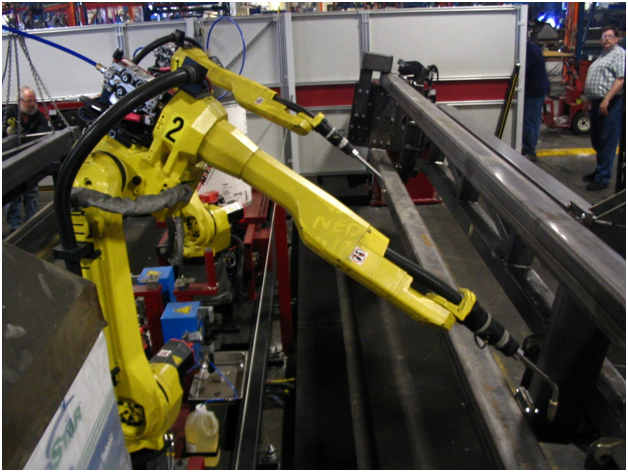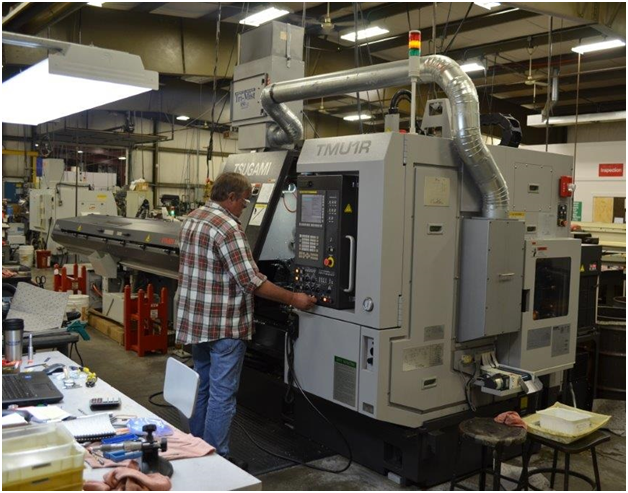As with many other industries, the food sector is under pressure to cut costs. In many cases, this leads to a move towards more automation, which presents a number of issues that need to be overcome.

The food industry is highly regulated and constantly evolving to meet both new techniques and consumer tastes. This means manufacturers need to be able to adapt quickly while still delivering a safe, high-quality product.
Traceability and safety
This is the primary issue facing food manufacturers, as they need to make absolutely certain that products are safe for the consumer. Strict regulations apply to food production, meaning that manufacturers need to complete traceability.
Ingredients need to be tracked at every stage, from sourcing through storage and manufacture to final distribution. This not only ensures quality but also allows the source of any problems to be pinpointed. Given the complex nature of many modern supply chains and the numbers of items involved, this presents a major challenge for any system and can be almost impossible without some degree of automation.
Packaging
A second major challenge is packaging, which presents issues on a number of levels. Customers increasingly want to know what is in the food they buy, which means labelling must be carried out accurately. It also means it is vital that the right items go in the right package and contamination is eliminated to protect consumers with nut allergies and the like.

This is where the use of technology such as the vacuum conveyor can be used to ensure the easy and smooth transfer of products to packaging. Suppliers such as http://www.aptech.uk.com/pneumatic-conveying/vacuum-conveying/ can provide equipment to help manufacturers deliver properly-packaged products.
Cost
The final challenge of automating production processes is cost. Purchasing and installing new automated systems is a costly exercise; however, this must be offset against the increased flexibility and speed that is gained over older systems.
Modern systems can allow production lines to be reconfigured more easily to adapt to new product ranges or to changes in recipes to adapt to evolving customer preference. Greater use of robotic systems makes it easier to re-programme facilities to perform different jobs without the need to completely re-equip; again, an initial investment will pay off in the long term thanks to a longer life and greater versatility.
